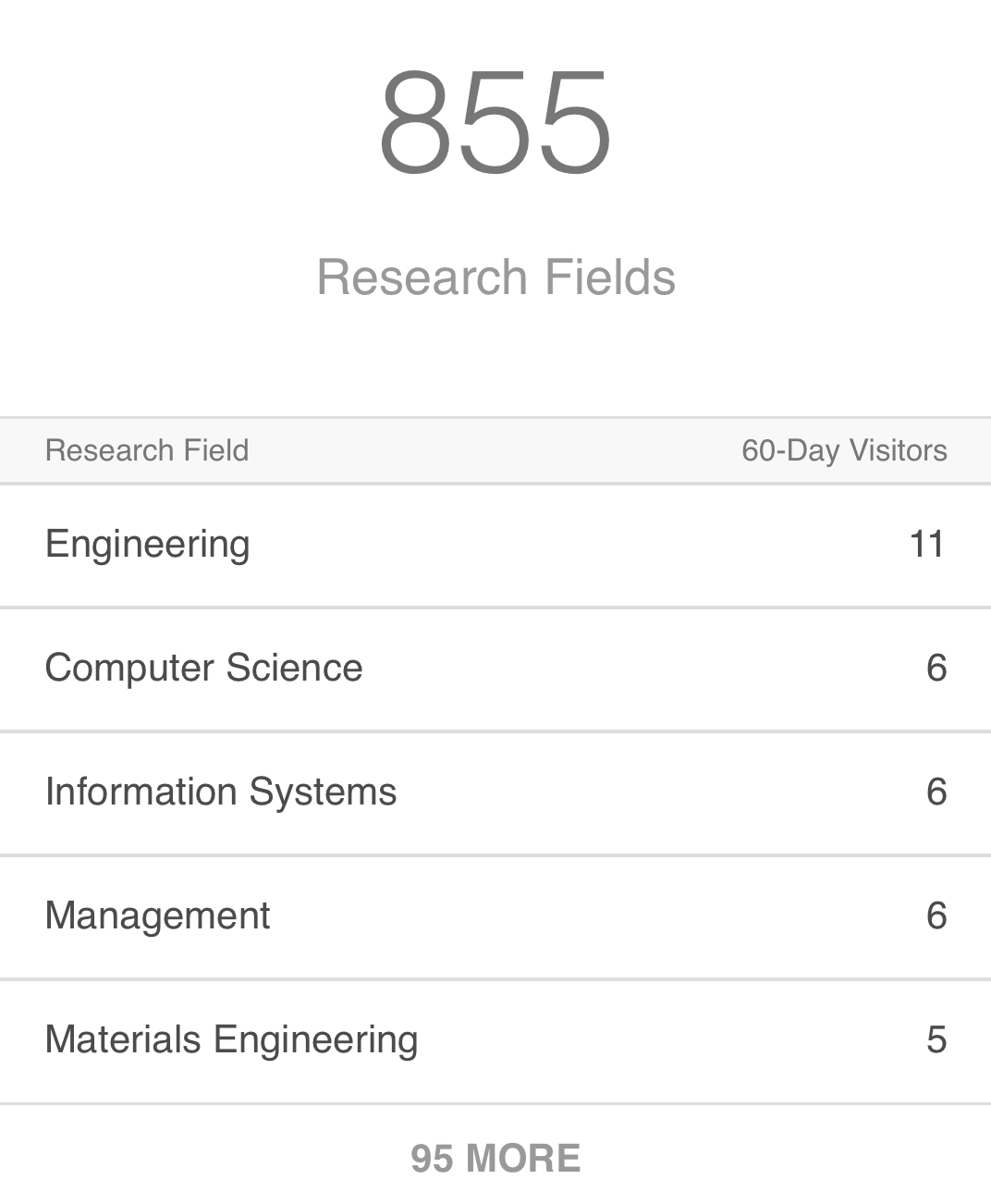Prototipagem virtual aplicada a simulação com software CAE: pistão de liga de alumínio com recobrimento de material cerâmico
DOI:
https://doi.org/10.47456/bjpe.v7i4.36974Palavras-chave:
Pistão. Recobrimento. Dióxido de Silício. Ansys.Resumo
A inovação em materiais é uma área que visa gerar melhorias nos produtos existentes, através de atividades como PD&I. O setor automotivo é uma das grades áreas em que o investimento na busca por melhores materiais é alto. A engenharia de produto combinada com a simulação e prototipagem virtual permite com que os projetos sejam mais assertivos, com uma redução no tempo de planejamento e nos custos envolvidos. A utilização de materiais cerâmicos em motores de combustão interna ainda necessita de maiores pesquisas para torná-los acessíveis a produção em larga escala, sobretudo por suas particularidades na sinterização e melhores propriedades mecânicas em temperaturas extremas. A presente pesquisa possui o objetivo de propor uma otimização em um motor a combustão interna por centelha do ciclo Otto através da substituição de material de liga metálica no pistão por Compósito de Matriz Metálica (CMM). Para tanto se apoio nas disciplinas de Ciências dos Materiais, Engenharia do Produto e Simulação para a realização do projeto, utilizando os softwares Inventor® e Ansys® para validar a proposta do protótipo do pistão idealizado, através do recobrimento do pistão de liga de Alumínio fundido com o cerâmico Dióxido de Silício. Os resultados obtidos foram uma redução na condução de calor em função do tempo, melhores propriedades mecânicas apresentadas e uma redução nos custos envolvidos no processo de utilização de cerâmicos nos motores automotivos.
Downloads
Referências
Askeland, D. R., & Phulé, P. P. Ciência e Engenharia dos Materiais. São Paulo: Cengage Learning. 2012.
Barros, J. E. M. Componentes de Motores de Combustão Interna. Recuperado de http://www.mautone.eng.br/apostilas/motores_combustao_interna/MCI_02D_Componentes.pdf
Callister, W. D., & Rethwisch, D. G. (2014). Fundamentos da Ciência e Engenharia de Materiais: Uma Introdução. Rio de Janeiro: Livros Técnicos e Científicos.
Cruz, M. D., da. (2011). Autodesk Inventor 2012 Professional: Teoria de Projetos, Modelagem, Simulação e Prática. São Paulo: Érica.
Daly, O. (2015). Ansys Workbench Tutorial - Introduction to Static Structural: aula 1. Canadá: DrDalyO. 11 min. Recuperado de https://www.youtube.com/watch?v=vnpq5zzOS48&t=573s
Dias, A. L. Sistema de Arrefecimento dos Motores de Combustão Interna. Recuperado de http://carrosinfoco.com.br/2014/07/sistema-de-arrefecimento-dos-motores-de-combustao-interna-2/
Filho, E. R. et al. (2011). Projeto do Produto. São Paulo: Elsevier. Recuperado de https://books.google.com.br/books?id=I6L5aaXVgyIC&pg=PA298&dq=prototipagem+virtual+de+produtos&hl=pt-BR&sa=X&ved=0ahUKEwjZhsfSm6HiAhVcDrkGHadiARUQ6AEIKTAA#v=onepage&q=prototipagem%20virtual%20de%20produtos&f=false
Hozenfeld, H. et al. (2016). Gestão de Desenvolvimento de Produtos: Uma referência para a melhoria do processo. São Paulo: Saraiva.
Inventor: Software CAD 3D profissional para engenharia e projetos de produtos. Recuperado de https://www.autodesk.com.br/products/inventor/overview
Jewett, J. W. Jr., & Serway, R. A. (2011). Física para Cientistas e Engenheiros: Oscilações, Ondas e Termodinâmica. 8. ed. São Paulo: Cengage Learning.
Lucema, J. F. (2017). Desenvolvimento e caracterização de compósitos hibridos reforçados a partir de mantas de fibra de vidro descartadas pela indústria eólica e fibras naturais. 68 f. Dissertação (Mestrado em Engenharia Mecânica) – Unidade de Ensino, Universidade Federal do Rio de Janeiro - UFRJ, Rio de Janeiro. Recuperado de https://repositorio.ufrn.br/jspui/bitstream/123456789/24839/1/JoseclebioDaFonsecaLucena_DISSERT.pdf
Mahle. Pistões Mahle: não apenas para a Fórmula 1. Recuperado de https://www.mahle-aftermarket.com/la/pt/products-and-services/engine-components/pistons/#pist%C3%B5esforjadosdesaias%C3%B3lida
Motores Diesel. Motores do Ciclo Diesel. Recuperado de http://www.multipetro.com.br/blog/2018/05/30/motores-diesel/
Nebra, S. A. Máquinas Térmicas. Recuperado de http://www.fem.unicamp.br/~em672/Aulas%2019%20-20%20-%202003.pdf
Nepomuceno, E. G. (2015). Métodos Numéricos: Método dos Elementos Finitos. Recuperado de https://www.ufsj.edu.br/portal2repositorio/File/nepomuceno/mn/23MN_EDO6.pdf
Nóbrega, M. de. J. R, Fritz, M., & Souza, C. G. de. (2004). Inovações Tecnológicas: Aplicação de Materiais Cerâmicos na Indústria Automobilística. In: Encontro Nacional de Engenharia de Produção (ENEGEP), 24. Anais eletrônicos... Santa Catarina: Abepro. p. 4187-4194. Recuperado de http://www.abepro.org.br/biblioteca/ENEGEP2004_Enegep0801_1975.pdf
Tipler, P. A., & Mosca, G. (2012). Física para Cientistas e Engenheiros: Mecânica, Oscilações e Ondas, Termodinâmica. 6. ed. Rio de Janeiro: Livros Técnicos e Científicos.
Ufrgs. (2020). Motor de Combustão Interna. Recuperado de http://www.if.ufrgs.br/cref/leila/motor.htm
Downloads
Publicado
Edição
Seção
Licença
Copyright (c) 2021 Alexandre Santos Zardo, Flavio Lucio Santos de Carvalho (Autor)

Este trabalho está licenciado sob uma licença Creative Commons Attribution 4.0 International License.

Atribuição 4.0 internacional CC BY 4.0 Deed
Esta licença permite que outros remixem, adaptem e desenvolvam seu trabalho não comercialmente, contanto que eles creditem a você e licenciem suas novas criações sob os mesmos termos.



























































